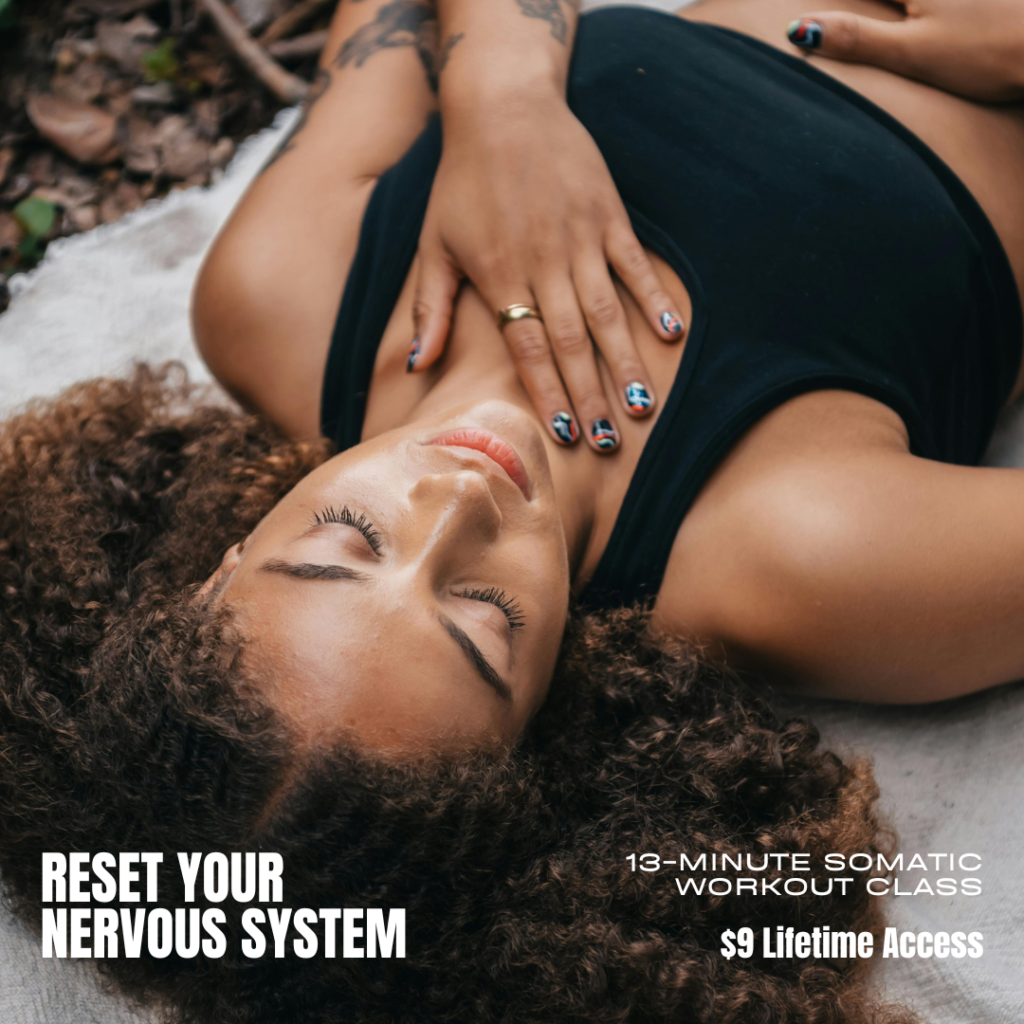WRITTEN BY JENNA HUBBARD

As we move into the future of fitness, a new approach is quietly gaining traction: mindful movement. Today’s fitness enthusiasts are leaning into the idea that movement isn’t just a physical endeavor but a holistic experience that taps into emotional and mental wellbeing. From yoga to tai chi, and pilates to walking meditation, mindful movement offers a refreshing, intentional way to exercise that strengthens both the body and the mind.
What is Mindful Movement?
Mindful movement is exactly what it sounds like: exercising with mindfulness. In practice, it’s about focusing your full attention on your body, your breath, and your movements during exercise. Instead of zoning out or pushing yourself through a grueling workout, mindful movement invites you to check in with your body, honoring its limits and needs in the moment.
This growing trend blends physical fitness with a deeper sense of emotional awareness and mental clarity. It’s not just about getting in shape; it’s about creating an intentional space for self-care and self-awareness.
A Holistic Approach to Fitness
Mindful movement takes the principles of mindfulness—being fully present in the moment—and applies them to physical activity. Whether you’re stretching into downward dog in a yoga class or holding a plank in pilates, the focus shifts from “getting through it” to “being in it.” You engage your breath, notice how your body feels, and move with intention.
Some popular forms of somatic movement include:
Yoga: A practice that connects breath with movement, yoga is one of the most recognized forms of mindful exercise. It’s known for enhancing flexibility, reducing stress, and building mental focus.
Tai Chi: Often called “meditation in motion,” tai chi is a slow, graceful form of exercise rooted in martial arts, promoting balance, flexibility, and mental clarity.
Pilates: Focused on core strength and controlled movement, pilates emphasizes alignment and breath control, making it a popular form of mindful movement that improves posture and stability.
Walking Meditation: A simple but powerful form of mindfulness, walking meditation invites you to focus on each step, syncing your movements with your breath.
Functional Training: This type of exercise mimics daily movements and focuses on strength, balance, and flexibility. By paying attention to how the body moves in everyday tasks, functional training embodies the principles of mindful movement.
Why Mindful Movement Matters
Mindful movement is not just a trend — it’s a shift in how we think about fitness. Here’s why it’s resonating with so many people:
Stress Reduction
In a world where stress is part of daily life, mindful movement offers an antidote. By focusing on your breath and staying present, practices like yoga and tai chi activate the parasympathetic nervous system, helping reduce stress hormones like cortisol. The rhythmic, flowing nature of these exercises encourages relaxation and mental clarity.
Improved Flexibility and Strength
Mindful movement invites you to explore the full range of motion in a controlled, deliberate way. In doing so, it enhances flexibility, improves posture, and strengthens muscles without the need for high-impact workouts. Pilates and barre are prime examples of how mindful movement can sculpt and tone while maintaining a focus on breath and alignment.
Better Overall Wellbeing
Physical fitness isn’t just about building muscle or losing weight—it’s about improving quality of life. Mindful movement encourages a holistic sense of well-being by integrating body, mind, and breath. It’s a gentle, yet effective, way to boost not just physical health, but emotional and mental wellness too.
Strengthening the Mind-Body Connection
Too often, we treat exercise as something that happens “to” the body. Mindful movement flips this, treating exercise as something that happens with the body. The intention is to listen to your body’s cues, respect its boundaries, and respond to its needs. Over time, this can enhance your mind-body connection, making you more in tune with how you feel physically, emotionally, and mentally.
A Self-Care Practice
Incorporating mindful movement into your fitness routine is a form of self-care. By allowing yourself the space to slow down, check in, and move with purpose, you’re cultivating a nurturing relationship with yourself. It’s a way to recharge, re-center, and recalibrate—something we could all use more of in today’s fast-paced world.

Not Sure Where to Start?
Download our 13-minute somatic workout and give your nervous system the reset that it needs.
Mindful Movement as a Journey of Self-Discovery
Mindful movement is about more than burning calories or building muscle—it’s a journey of self-discovery. It allows you to explore your body’s needs and limits with kindness and curiosity. Each breath, each stretch, each mindful step is an opportunity to check in with yourself and cultivate awareness of your physical and emotional state.
Whether you’re seeking stress relief, flexibility, or a deeper connection between your body and mind, mindful movement has something to offer everyone. As the future of fitness evolves, expect to see more people trading high-intensity workouts for these mindful practices that prioritize mental and emotional health just as much as physical strength.
Final Notes
Mindful movement is here to stay, and for good reason. Its benefits—ranging from stress reduction to enhanced flexibility and improved overall wellbeing—make it a holistic approach that supports both body and mind. Whether you’re flowing through a yoga class, engaging in tai chi, or simply practicing mindful walking, you’re participating in a fitness revolution that’s shaping the future.

Jenna Hubbard is a seasoned content writer with over a decade of experience crafting engaging and impactful content for diverse audiences. Her expertise spans a wide array of topics including holistic healthcare, technology and AI, lifestyle, and much more. Jenna lives in sunny Southern California (and also on the internet). Outside of work, she can be found hiking along the California coastline and getting lost in a good book.


